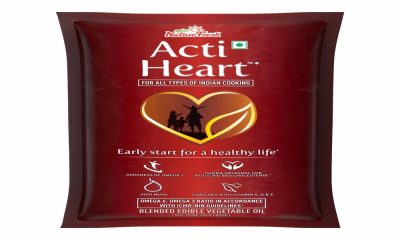Featured
All You Need To Know About High Fibre Foods
Though fibre is not a nutrient, it’s inclusion in one’s diet can be important. Consumption of soluble fibre slows digestion through recruitment of water and can therefore increase feelings of satiety. And whilst consumption of insoluble fibre aids the ‘start to finish’ digestive process, foods often contain both types.
FAT LOSS
For fat loss, creating a state of caloric deficit is to consume fewer total calories whilst moving more. This decline in calories consumed can therefore naturally result in feelings of unsatisfactory hunger. Though satiety is sometimes based on personal perception and conscious decision to eat more or less food, inclusion of a degree of soluble fibre across calorie intake may increase one’s satiety.
But it is worth considering that whilst fibre rich foods can increase satiety, resulting less need for more calories for longer periods after consumption, that some fibre dense foods also contain a relatively high caloric worth. And that total caloric intake relevant to expenditure ultimately decides one’s body composition. Thus, we are better placed to firstly, control our caloric intake before assisting its likelihood of adherence with foods that may fill us up for longer periods.
NUTRITIONAL BENEFIT
As well as it’s relationship with satiety, fibre is found in whole foods, which usually contain micronutrients – another nutritional benefit. Additionally, insoluble fibre improves the regularity of consistent bowel movements. But consumption of fibre does not guarantee adherence to a calorie controlled diet. Conscious thought process renders our satiety as subjective, thus conscious decisions define our caloric intake, not fibre. But over time, it’s link to aiding caloric control, increasing micronutrient consumption and supporting digestive health means that it’s a good idea to include it wherever we can.





















